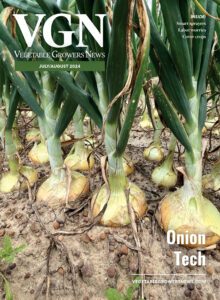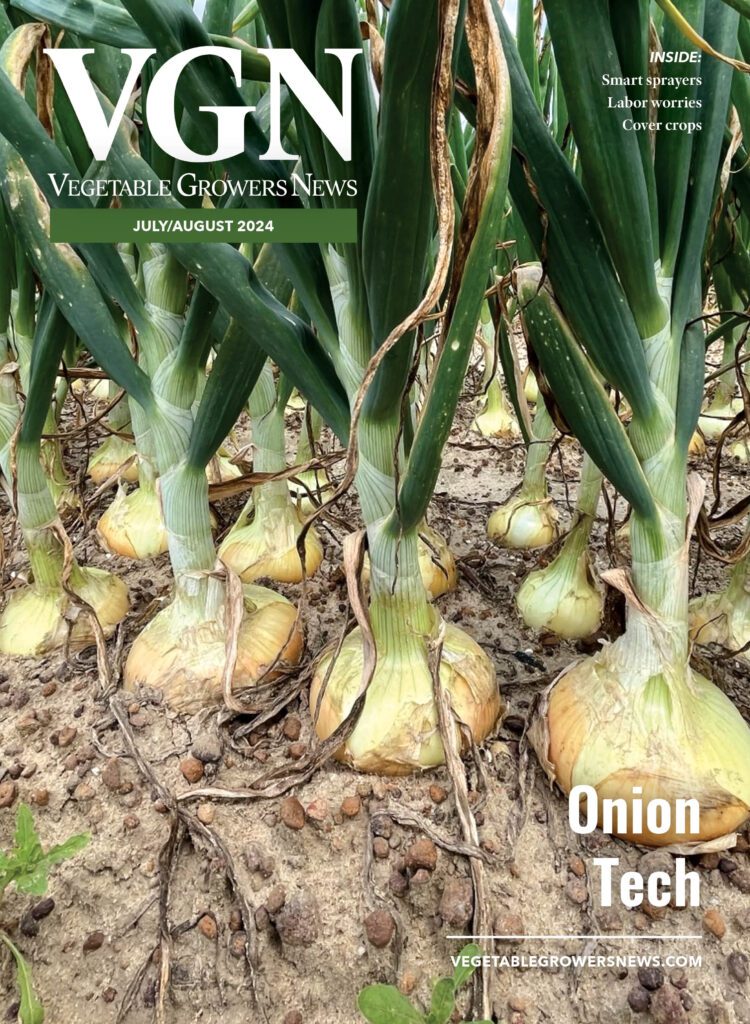

Oct 24, 2022Top tips for no-till
How no-till farming can be beneficial to your sweet corn crops
No-till farming on crops such as sweet corn can be beneficial for growers and their farm. Such benefits include reduced soil erosion, improved soil structure and more. During the 2022 Great Lakes Fruit, Vegetable and Farm Market EXPO, growers will learn about no-till farming and how they can implement it in their crop management.
Dr. Liz Maynard, Extension specialist for vegetable crops at Purdue University’s Department of Horticulture and Landscape Architecture, and Dr. Dan Quinn, assistant professor of Agronomy and Extension corn specialist at Purdue University, will present a session about no-till farming and sweet corn during the Great Lakes EXPO.


“We want to share what we have seen and learned so that growers interested in exploring (no-till planting sweet corn) can learn from our experiences,” Maynard said. “We have been working to develop systems for no-till planting sweet corn after a winter rye cover crop. We are aware that some growers are doing it successfully, and we want to be able to do it on Purdue research farms so that we can study and improve the system even further.”
Quinn noted they will also share the importance of proper stand establishment in corn and how certain management practices and planter equipment can help with proper stand establishment in high residue or cover crop systems.
“In order for more producers to include cover crops in their corn systems and improve overall adoption of this conservation practice, we have to understand how to make corn perform within these systems,” Quinn said. “One specific challenge that producers often face is poor stand establishment and poor seed-to-soil contact caused by residue interference in high residue and cover crop systems.”


Benefits of no-till farming include improved soil structure, reduced soil erosion, less disturbance of soil microbes and other life and reduced loss of soil carbon, according to both Maynard and Quinn.
“In our work, no-till seeding follows a winter cover crop of rye. Additional potential benefits include the maintenance of rye residue on the surface, whereas a mulch may reduce evaporation and keep soil cooler. Both of these can be negative in the spring but advantageous in the summer,” Maynard said.
Maynard and Quinn’s tips for those new to no-till farming:
- Start slow. Take the time to modify and adjust your planting equipment accordingly, Maynard advised.
- Talk to farmers who have had success from no-till farming and learn from their mistakes, both Quinn and Maynard said.
- Choose the correct hybrids or varieties of corn for no-till farming. No-till environments may be more stressful for crops and can harbor more insects or diseases due to high residue levels and cooler soil conditions, Quinn said.
Learn more about these sessions and others at www.glexpo.com. The 2022 Great Lakes EXPO will be held Dec. 6-8 at DeVos Place in Grand Rapids, Michigan.














